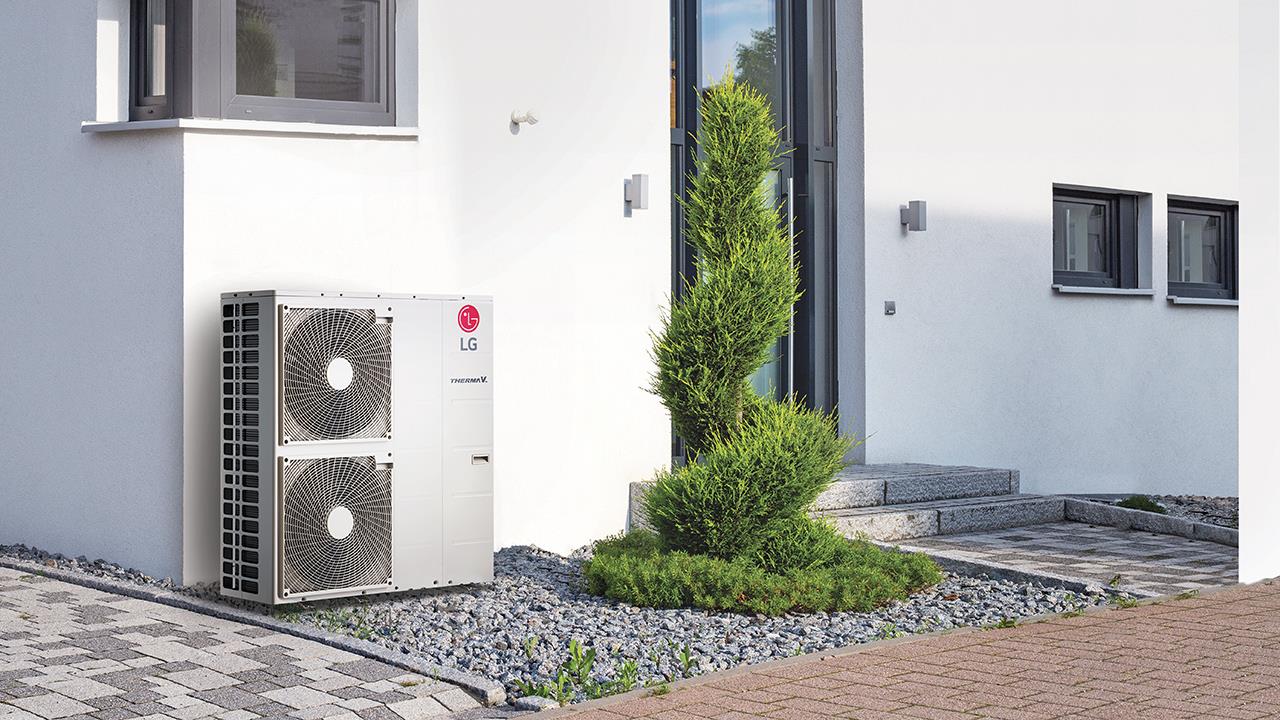

The team at Bublshop has been working in the renewable heating sector for more than 20 years. We’ve seen it evolve from the sharp end and are keen to share our experience with others.
People’s perceptions of heat pumps are shifting – although not fast enough. Nor are the numbers of MCS-qualified heat pump engineers growing at the rate we need if the industry is to meet government installation targets.
In order to meet these targets, the quality of early installations is critical. The industry needs to pull together and share experiences so that engineers new to the renewables sector can learn from the mistakes and successes of others.
The Bublshop team has highlighted five simple issues that come up time and again on-site. Not the result of product shortfalls or training gaps, just common pitfalls easily overlooked in the thick of a job.
Flush the pipes
It’s easy to forget to flush out the pipework after you’ve installed a new air source heat pump (ASHP), but it’s important to make sure there’s no sludge, air, lingering syrupy glycol, or metal fragments in the pipes, as these can block the heat pump filters and trigger a flow error code (CH14 on an LG Therma V ASHP, for example).
Nine times out of 10, the error code isn’t due to faulty parts or installation issues, it’s simply the result of a blockage somewhere reducing the flow around the system. To avoid this happening:
DHW tank sensor error
It’s easy to overlook small steps on an install, especially when you’re new to the technology. If something goes wrong, the heat pump will generally help you out with an error code – a CH08 error code, for example, indicates a problem in the domestic hot water (DHW) tank sensor.
It’s a problem that can be very quick to fix. In our experience, it’s often the result of the water tank sensor not having been plugged into the main PCB board correctly (or it’s been missed completely), or the probe sensor (which fits in the pocket of the domestic hot water cylinder) hasn’t been correctly located.
Integrate the controls
Get the wiring wrong and nothing will function properly when the need for heating and hot water arises.
The assumption is often that the heat pump (or some of its components) is faulty, but there’s generally a straightforward fix. It might be a simple wiring issue or that the DIP switches haven’t been set correctly on the main PCB.
If that’s the case, the ASHP won’t be listening for a command and therefore won’t turn on. Double check your wiring while on-site and ask for technical support where necessary.
Shut out the cold
This one crops up all the time, with calls coming in from both engineers and homeowners. Heat pumps can operate in very low temperatures but they’re often programmed to shut down when water temperature in the system drops below 16ºC.
If you forget to tell the system what anti-freeze protection you’ve put in place, or fail to programme the lowest temperature at which the heat pump can operate, it will shut down once temperatures dip (something often mistaken for a pump or parts failure).
Remember to use a refractometer to make sure you put enough glycol in the system and check the level of temperature protection.
Once glycol is in the system it’s unusual for it to need replacing, but it may need topping up from time to time (it becomes diluted). If that’s the case – or you need to flush the system in the future – make sure you don’t mix propylene, methanol and ethylene glycol together as they can thicken up and cause flow errors.
Explain the system
Last, but not least, the Bublshop team reports regular calls from homeowners who think their new heat pump system is broken when, in fact, they’re just struggling to operate it.
Handing over to the end-user isn’t as easy as it sounds – time is often short at the end of an installation and it’s a new experience for the homeowner. But it’s an important step nonetheless, and getting it right will save the time and effort of a potential call-back.
If you'd like to keep up-to-date with the latest developments in the heating and plumbing industry, why not subscribe to our weekly newsletters? Just click the button below and you can ensure all the latest industry news and new product information lands in your inbox every week.